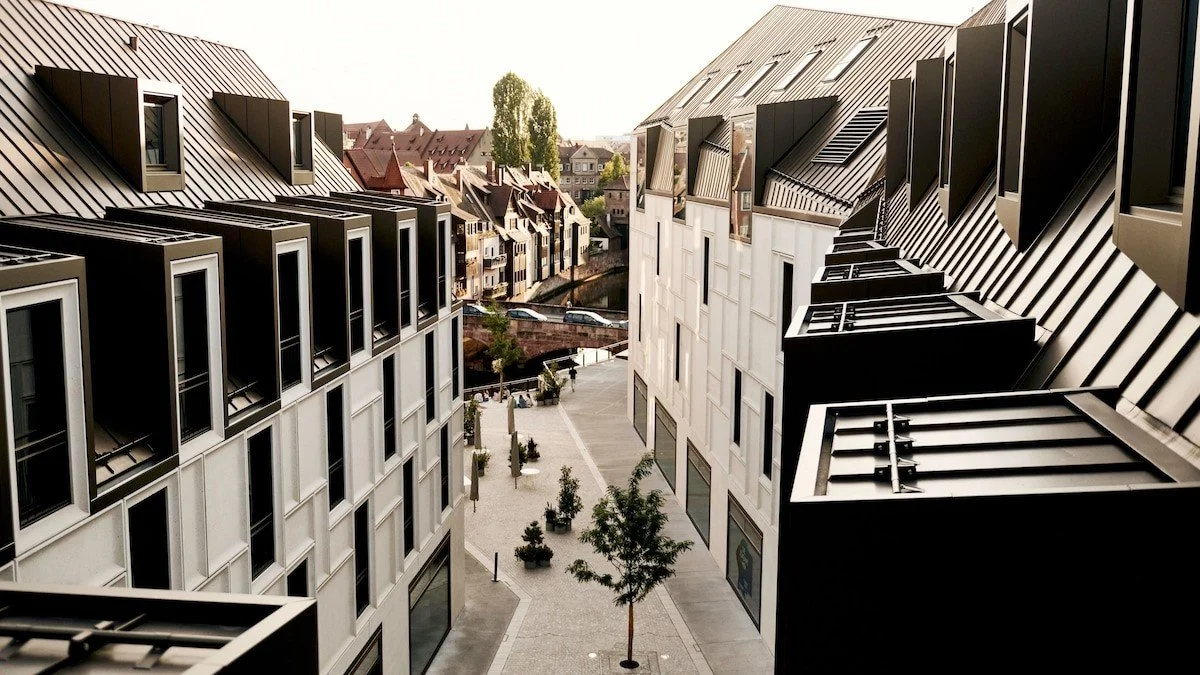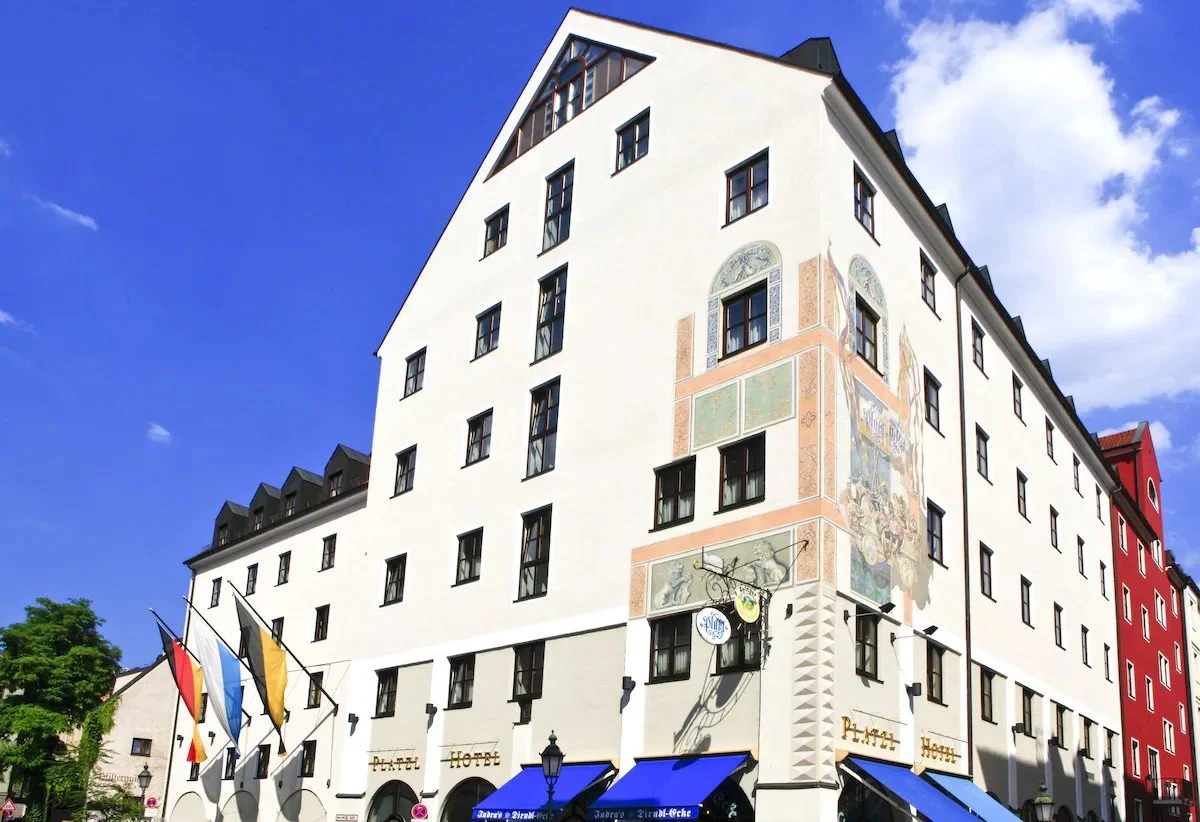Prepping for a Germany Vacation
Preparing for an overseas vacation initially seemed like a straightforward process. After consulting with several travel agents and going back and forth on options, I decided to take the plunge and plan the entire trip myself. Along the way, there were a few bumps and bruises—challenges that could have been avoided had I been more experienced with travel planning. Despite these hiccups, we had an enjoyable trip, no one got hurt, and everyone made it home safe and sound. In this post, I’ll walk you through exactly how we prepared for the trip, along with some lessons learned and things we’d do differently next time.
Every great trip begins with a plan, and for us, it all started with my wife’s desire to visit Germany for the Christmas Markets. Having only traveled within the US and Canada, she was eager for something new and exciting, and this idea seemed like the perfect way to experience a different side of the world. Once we decided on Germany, it was time to start figuring out how to make this trip a reality.
We knew we wanted to visit Berlin and Nuremberg, with Munich serving as our hub for flights. We chose Berlin because it’s my birthplace, though I have no memories of the city—my family left when I was a toddler in the 1970s, at the height of the Cold War. Nuremberg was a must-see because of its iconic Christmas Market, which I had visited as a child during our second stint in Germany when my father was stationed there with the Army. It felt like the perfect blend of personal history and holiday tradition.
Step 1: Research Flights and Hotels.
Our first task was to book our flights, and after some research, we decided to fly with United Airlines from Denver to Berlin. Our itinerary would take us on a United flight from Denver to Munich, followed by a connecting flight from Munich to Berlin on Lufthansa, a United partner. For the return leg, we’d fly Lufthansa back from Munich to Denver.
Given the long travel time, we opted for Premium Economy seating. If I was going to be on a 10-hour flight, I wanted to be as comfortable as possible. While first class was out of our budget, Premium Economy seemed like the next best option—offering extra space and better amenities for a much more comfortable journey.
When it came to choosing our hotels, location and quality were my top priorities. I’ll admit, I’m a bit bougie when it comes to accommodations—so nice hotels are always at the top of my list. I wanted a comfortable, reliable experience, which led me to avoid hostels and budget hotels. Based on my research, these options seemed to be a bit hit or miss when it came to quality, and I didn’t want to take any chances. Instead, I focused on reputable hotels that offered both great locations and the level of comfort we were looking for.
For our stay in Berlin, we chose the Dorint Kurfürstendamm, booking a 3-night stay using our credit card points—definitely a great way to save some money. The Dorint is a 5-star hotel, ideally located in the heart of a vibrant shopping district, making it the perfect spot for easy access to both shopping and sightseeing. One of the highlights was the Christmas Market right outside the hotel, which added to the convenience and festive atmosphere.
While many attractions like the former Berlin Wall, Brandenburg Gate, and Checkpoint Charlie were a bit farther out, we were happy to take public transportation to reach them—more on that later. But overall, the Dorint’s location gave us the best of both worlds: comfort and accessibility to the city’s major attractions.
Dorint Kurfürstendamm
For our second hotel, we chose the Karl August A Neighborhood Hotel in Nuremberg for another 3-night stay. This charming hotel is perfectly located in the heart of the old city, right at the entrance of the Christmas Market. The best part? There was no need for public transportation—everything within the old city was within walking distance. From the historic sights to the festive market, we could easily explore on foot, soaking in the local atmosphere and all the sights this beautiful city had to offer. It was the perfect base for a leisurely and immersive experience.
Karl August A Neighborhood Hotel
For our final night in Munich, we stayed at the Platzl Hotel, ideally located within walking distance of Marienplatz, home to the iconic Rathaus-Glockenspiel and our last Christmas market. The hotel was a great choice in terms of location, making it easy to explore the city center. While the hotel itself was lovely, we found that it had the smallest rooms of our trip, so if you're traveling with a lot of luggage, you might feel a bit cramped. Despite the size, the convenience and comfort of the Platzl Hotel made it a great place to wrap up our journey.
Platzl Hotel
For transportation, we decided to rely primarily on public transit when walking wasn’t an option. Upon arrival in Berlin, we took a taxi from the airport to our hotel, which cost around $75. For getting around the city, we used the U-Bahn, S-Bahn, and buses. Tickets were easy to purchase through an app called BVG Tickets, which offers various passes for different timeframes. For example, a 24-hour pass for up to 5 people costs around $40, and it’s valid for all modes of public transport—U-Bahn, S-Bahn, and buses—making it a convenient and affordable option.
When it came to traveling between cities, we opted for the Deutsche Bahn, Germany’s national train system. If you book in advance, you can find tickets for as low as $50 per person, making it an efficient and cost-effective way to get from one city to another.
With hotels, flights, and transportation all sorted, I felt like the hard part was behind us. Now, it was time to focus on packing and ensuring we had everything needed for a comfortable and enjoyable flight and stay in Germany. For the flight, I knew I wanted a pair of noise-canceling headphones to make the long journey more pleasant. After some consideration, I chose the Beats Studio Pro headphones. These ended up being an excellent choice—they offered superb sound quality, and the ability to switch between noise-canceling mode and transparency mode with the push of a button was a game-changer. I highly recommend these for anyone flying, as they made the flight experience much more comfortable and enjoyable.
my Amazon link: https://amzn.to/3OWZr92
Next on the list was ensuring we had the proper outlet adapters, as Germany uses 220V power, compared to the 110V in the US. This is especially important for items like curling irons and hair dryers. We made sure that all the hotels we stayed at provided hair dryers in the rooms, but my wife still wanted to bring her curling iron and straightener. Before packing these, it’s crucial to double-check that your appliances are dual voltage; otherwise, you could risk damaging them. The last thing you want is to ruin your favorite hair tools.
We chose the adapter shown below, and while there are plenty of options out there, this one worked best for us. It had everything we needed: a standard plug for the 220V outlets, plus USB and USB-C ports in case the hotel didn’t have them available. Your phones should be fine without a special adapter, but this one gave us peace of mind that we could charge everything easily.
my Amazon link: https://amzn.to/49GzCDF
With all the essentials taken care of, the last thing we needed to figure out was what to wear. In early December, the weather in Germany typically ranges between the 30s and 40s during the day, and it can be quite rainy. I highly recommend packing an umbrella to stay dry. Be sure to bring warm layers, as the temperatures can feel chilly, especially in the evenings. Comfortable shoes are also a must, as you'll likely be doing a lot of walking—whether you're exploring Christmas Markets or sightseeing. Dressing in layers will also help you adjust to changing temperatures throughout the day.
So, what are the key lessons learned from planning this trip? First, when booking our flights through United, I was unaware that we wouldn't be able to select seats on Lufthansa partner flights without paying an additional fee—a fee we chose not to pay. Fortunately, it all worked out in the end, and we were seated together, but this added unnecessary stress to the trip. It’s a reminder that not all airline partners operate seamlessly together, and I should have been more diligent about the fine print when booking.
Next, we learned that the U-Bahn, S-Bahn, and bus systems in Berlin are a bit more complicated than we anticipated. Our first ride on the S-Bahn ended with us heading in the wrong direction, which was a bit frustrating. In hindsight, I should have done more research and familiarized myself with the public transportation system before our trip to avoid such confusion.
Lastly, the Deutsche Bahn experience taught me a tough lesson. I thought I had purchased our train tickets through the app, but it turns out I only bought seat assignments, not actual tickets. This became a huge problem when the conductor came around to check tickets. Since we didn’t have the proper tickets, we were forced to pay a fine of around 500 euros on the spot. The ticket agent was friendly and tried to help, but in the end, it was my mistake, and we paid the price for it. This experience taught me the importance of double-checking every detail, especially when it comes to transportation.
Follow this series to see how the trip in each city went!




